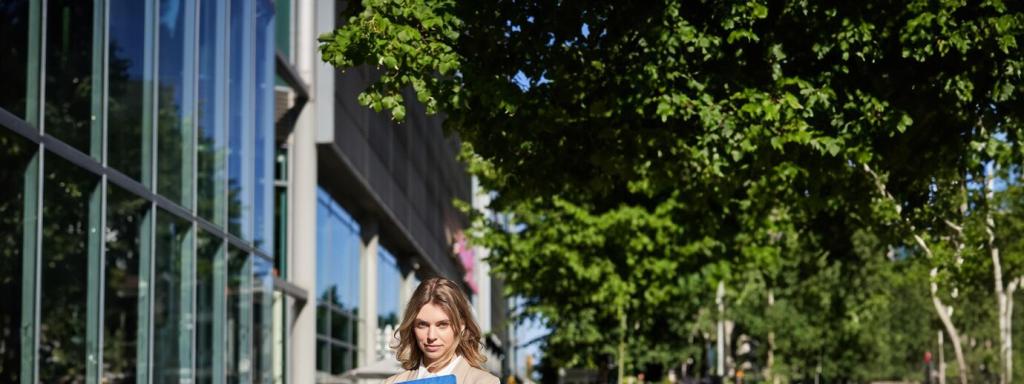
Green Living in Urban Environments
Green living in urban environments is the practice of adopting sustainable habits and strategies to reduce environmental impact while enhancing quality of life within cities. As urban areas continue to swell in population and development, the demand for resources grows, often at the expense of the natural environment. Embracing green living in these concrete jungles involves making conscious choices about how we use energy, manage waste, design transportation, and interact with our surroundings. Through innovative solutions and community participation, city dwellers can minimize their footprint and help foster a healthier, more resilient urban ecosystem.
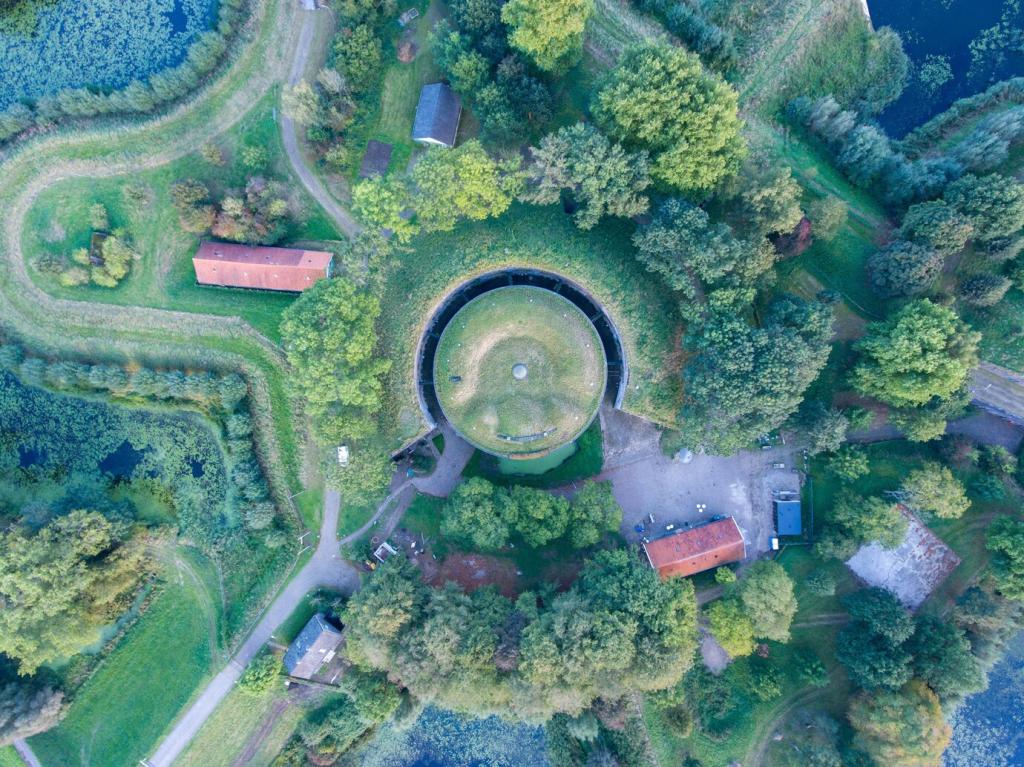
Community Gardens
Community gardens offer local residents shared spaces to cultivate plants together, fostering a sense of camaraderie and shared responsibility. These gardens transform underutilized land into productive areas, providing affordable access to fresh produce, which is particularly valuable in food deserts. Besides improving food security, community gardens encourage biodiversity and serve as green sanctuaries in urban neighborhoods, inviting pollinators while creating social, educational, and recreational opportunities. These spaces are platforms for environmental education, where citizens learn about composting, crop rotation, and organic pest management, ultimately embedding greener habits into daily city life.

Rooftop Agriculture
Rooftop agriculture leverages otherwise unused space atop buildings for growing food crops and sometimes even raising small livestock like chickens or bees. These elevated farms help mitigate urban heat island effects by introducing vegetation that absorbs sunlight and cools the area. In densely built cities, rooftop farms supply residents and local businesses with fresh, seasonal products, reducing supply chain emissions and supporting local economies. Installation of such spaces often improves stormwater management, as plants absorb rain and help prevent runoff, and can even lead to energy savings for building owners by providing thermal insulation during extreme weather.

Farmers' Markets in the City
Farmers’ markets bring locally grown produce and artisanal foods directly into urban centers, enabling city dwellers to support regional farmers and small food producers. These vibrant hubs do more than offer healthy foods; they stimulate local economies, promote social interaction, and strengthen ties between rural suppliers and urban consumers. Many farmers’ markets emphasize organic and regenerative practices, reducing reliance on synthetic inputs and promoting overall environmental health. Shopping at these markets helps reduce packaging waste, transportation emissions, and unexplained environmental costs often associated with conventional supermarket systems.
Sustainable Transportation
Public transportation is a foundational element of sustainable city life, moving large numbers of people efficiently while reducing the number of individual cars on the road. Electric buses, light rail systems, and subways significantly cut down per capita emissions compared to personal vehicles. Investment in reliable, affordable, and accessible transit infrastructure enables residents from all backgrounds to participate in the greener movement, while also alleviating traffic congestion and ensuring cleaner air. Integrating schedules and payment systems encourages seamless connections between different modes of transit, making it easier for commuters to make low-impact choices.
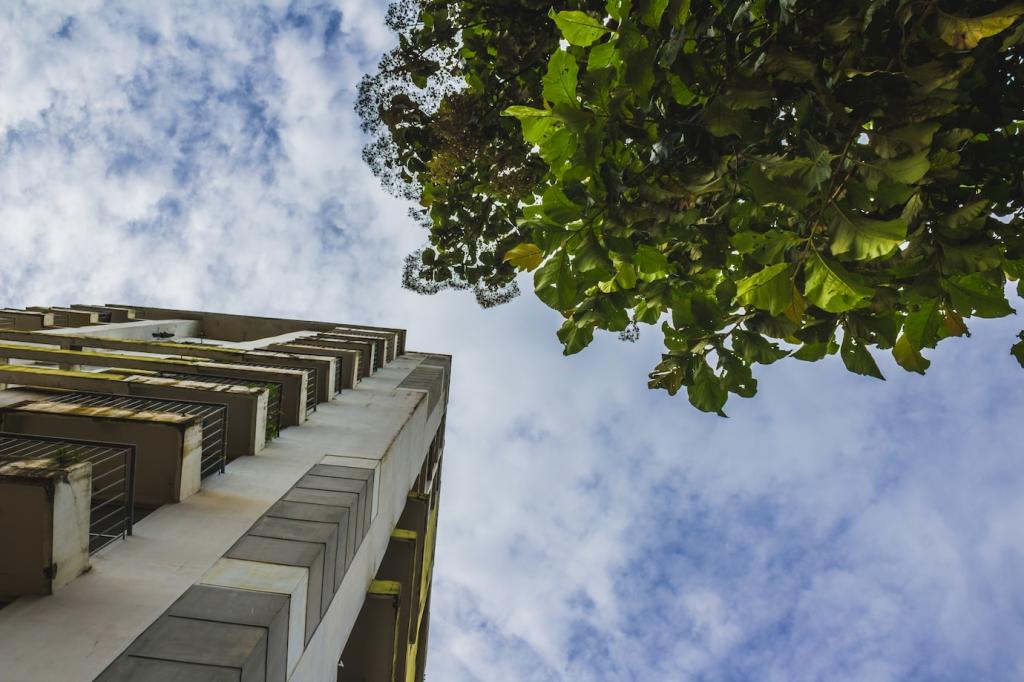
Energy-Efficient Design
Energy-efficient design begins with the site layout and continues through architectural features such as orientation, insulation, and windows. By maximizing natural light and incorporating passive solar heating, buildings can drastically reduce their need for artificial lighting and climate control. Integrating features such as green roofs, smart thermostats, and energy-efficient appliances helps lower utility bills and reduces the overall carbon footprint. As cities grapple with increasing energy demands, compliance with standards like LEED or BREEAM inspires continual innovation in building performance and renewable energy integration.
Use of Sustainable Materials
Sustainable building materials minimize harm to the environment and support circular economies. Examples include recycled steel, reclaimed wood, low-VOC (volatile organic compound) paints, and rapidly renewable options like bamboo. Chain-of-custody certifications ensure that timber and other materials come from responsibly managed sources, while modular construction techniques reduce waste during fabrication and assembly. Thoughtful material choices not only contribute to reduced emissions and landfill waste during a building’s lifecycle but also foster healthier indoor air quality and occupant wellness.
Biophilic Design and Green Spaces
Incorporating natural elements into the built environment, biophilic design seeks to connect residents with the outdoors, even within dense urban settings. Features such as indoor gardens, living walls, natural lighting, and water installations mimic patterns found in nature, offering psychological benefits and improved productivity. Green spaces within and around buildings—like parks, courtyards, and atriums—enhance biodiversity while providing residents respite from concrete surrounds. The presence of greenery has been proven to reduce stress and heat, fostering a more livable and sustainable urban experience.
Waste Reduction and Recycling Initiatives
Composting transforms food scraps and yard waste into nutrient-rich soil amendments, closing the resource loop and supporting local urban agriculture. Citywide efforts often include curbside collection of organics or drop-off sites at farmers’ markets and community centers. By diverting compostable materials from landfills, cities reduce greenhouse gas emissions, particularly methane, while fostering a more circular economy. Organics programs also provide educational opportunities to teach residents about the benefits of soil health and resource conservation.


Native Plant Landscaping
Planting native species in public parks, private gardens, and along streetscapes is vital for supporting local pollinators, birds, and other wildlife. Unlike exotic species, natives are adapted to local climate and soil conditions, requiring less water, fertilizer, and maintenance. This approach encourages biodiversity, stabilizes soil, and preserves ecological integrity, all while celebrating the unique natural heritage of a region. Native landscaping further helps cities deal with climate extremes, as native plants are better equipped to survive droughts, floods, and pests.
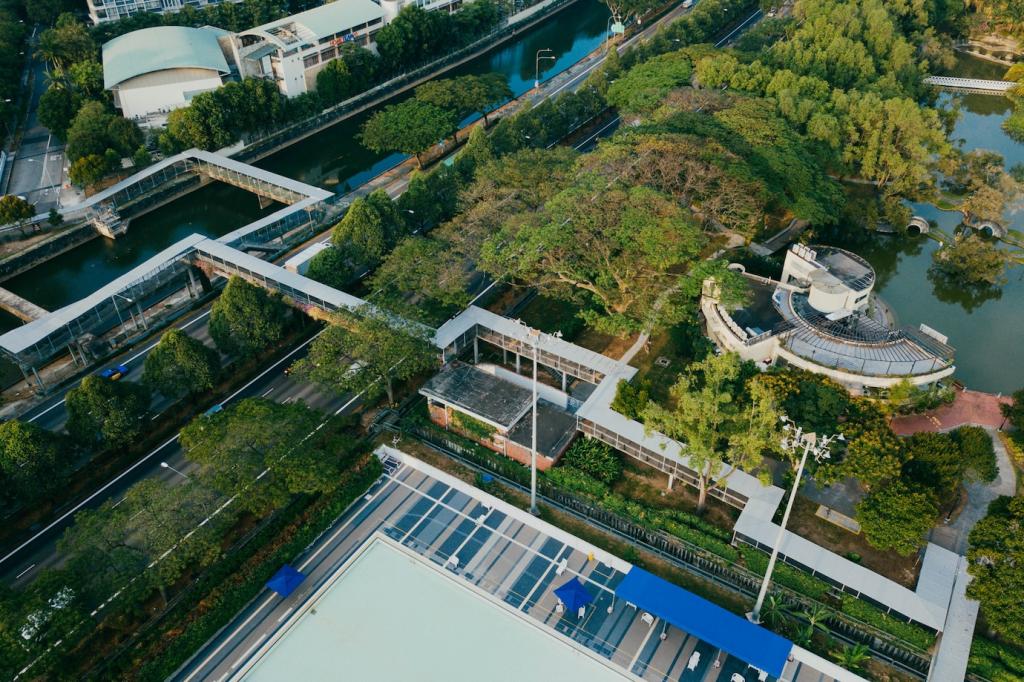
Urban Wildlife Corridors
Wildlife corridors in the city help reconnect fragmented habitats, allowing animals, insects, and plants to move freely and safely across developed landscapes. These corridors might follow rivers, greenways, or linear parks linking different ecological pockets. By integrating green rooftops, living fences, or “bee highways,” cities can foster migration, reproduction, and genetic diversity of urban species. Well-designed corridors also benefit humans by increasing access to nature and creating more beautiful, healthful urban spaces, all while boosting the city’s ecological resilience.
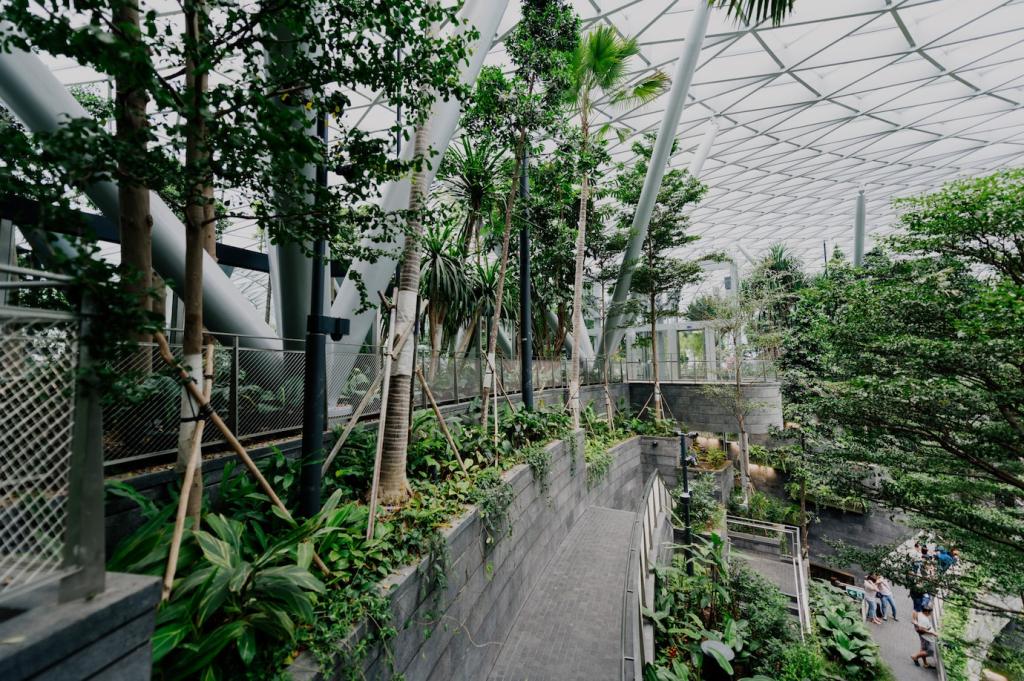
Waterways and Wetlands Restoration
Urban rivers, lakes, and wetlands are critical for ecosystem services such as water filtration, flood management, and habitat provision. Restoration projects often involve removing pollution, reestablishing native vegetation, and improving connectivity between fragmented water bodies. By engaging the community through citizen science and stewardship, cities foster a sense of pride and collective responsibility for these environments. Restored waterways not only support diverse wildlife but also offer valuable recreational space for city dwellers and enhance urban cooling during heat waves.
Renewable Energy in the City
Solar panels on rooftops, carports, and public buildings convert sunlight into clean electricity, directly lowering a city’s reliance on fossil fuels. Advances in technology and falling costs have made solar power increasingly accessible, even in densely developed metropolitan areas. Community solar programs allow renters and apartment dwellers to invest in offsite solar farms, expanding the benefits to more residents. The energy generated can be used on-site or fed back into the grid, making cities more resilient in the face of grid outages and energy price volatility.
Though more commonly seen in rural contexts, wind power is finding its place in urban settings through innovative small-scale turbines mounted on buildings or incorporated into streetlights. These systems capitalize on city wind patterns, providing a supplemental renewable energy source where space is limited. As urban design evolves, architects and planners are integrating wind features into the fabric of the city, contributing to distributed energy generation. Wind power, in conjunction with solar, creates a more comprehensive renewable ecosystem, reducing dependence on nonrenewable energy and mitigating citywide emissions.
Smart grid technology revolutionizes urban energy use by enabling real-time monitoring, demand response, and efficient distribution of electricity. By connecting homes, businesses, and renewable sources, smart grids optimize usage and integrate variable power flows from solar and wind energy. Community energy projects, such as shared solar gardens or local microgrids, empower neighborhoods to collectively own and manage their consumption and surplus production. Such innovations make urban energy systems more democratic, resilient to outages, and adaptable to the unique needs of each community.
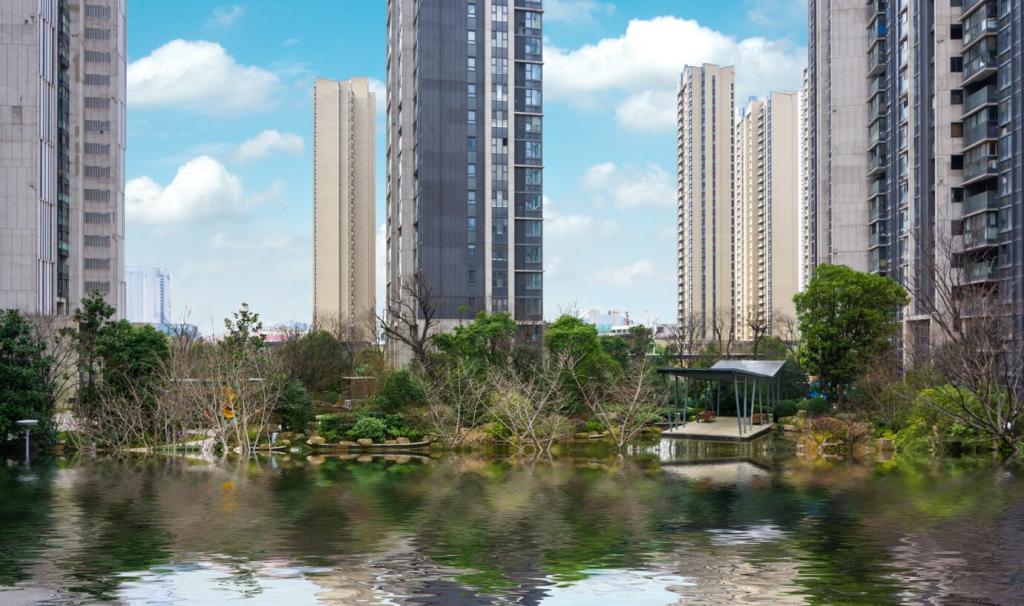
Water Conservation Strategies
Rainwater Harvesting Systems
Capturing rainwater from rooftops and directing it to storage tanks helps cities supplement their potable water supplies and mitigate stormwater runoff, which can cause flooding and pollution. Advances in filtration allow harvested rainwater to be safely used for gardening, flushing toilets, and even laundry, easing demand on municipal systems. Widespread adoption in residential and commercial buildings transforms rainwater from a waste product into a valuable resource, supporting green infrastructure and climate adaptation goals.
Greywater Recycling
Greywater recycling diverts relatively clean wastewater from sinks, showers, and washing machines for reuse in irrigation or toilet flushing. Installing greywater systems in homes and buildings reduces dependence on centralized treatment plants and lowers water bills, while making use of water that would otherwise go to waste. By educating residents and developers about safe and effective greywater use, cities increase resilience against drought and water shortages and support more efficient infrastructure.
Water-Efficient Appliances and Fixtures
The adoption of water-efficient toilets, showerheads, faucets, and appliances significantly cuts water use without compromising performance. Modern fixtures often employ technologies such as aeration and dual-flush mechanisms that deliver comfort and cleanliness with less water. As water prices rise and cities look to meet ambitious conservation targets, retrofitting existing buildings with low-flow fixtures is a practical, cost-effective step. These improvements not only conserve a vital resource but also reduce energy needed to heat and pump water, reinforcing the overall efficiency of urban living.
